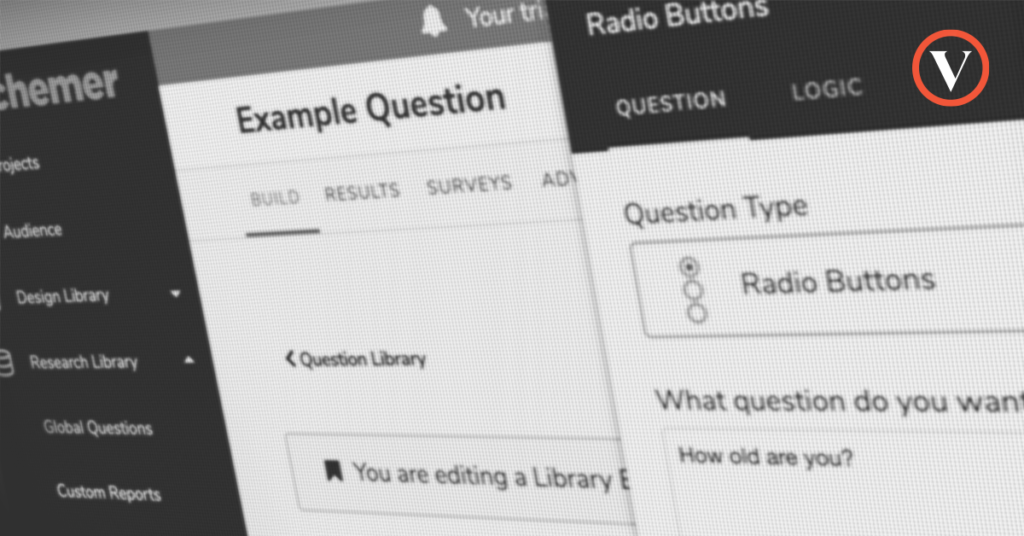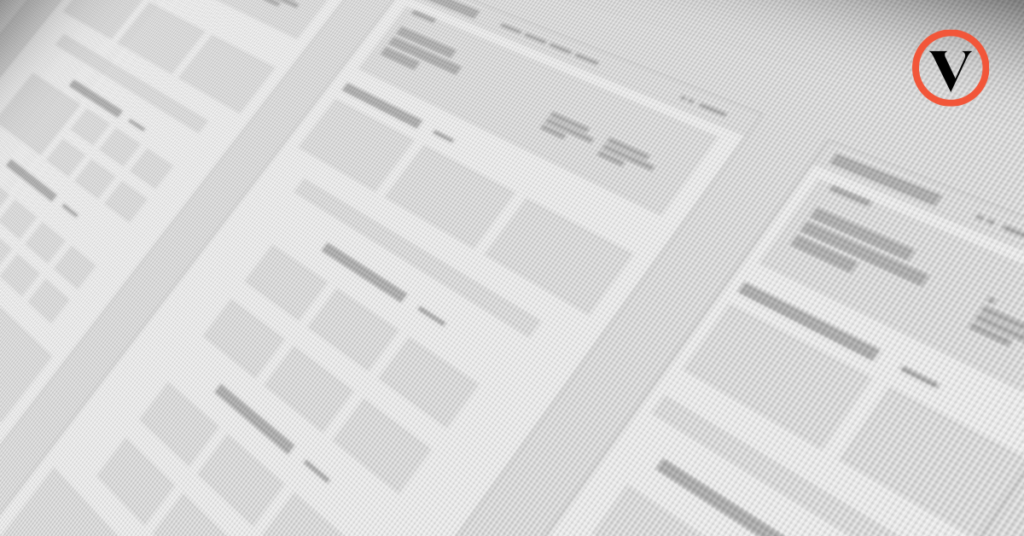A foundational understanding of your audiences is a no-brainer when conceptualizing a product, its features, and digital experiences. It’s critical to have a sound understanding of a customer’s needs and preferences prior to undergoing any kind of product definition. But companies fall into a trap of treating UX research efforts as a static activity by conducting all of it during the nascent stages of a product definition.
While some product teams have done a good job integrating UX research activities and resources into their agile methodologies, many are still struggling to identify ways to incorporate user research practices in parallel with their development initiatives. Below are 2 relatively easy ways to introduce ongoing audience engagement-based research.
Lean, Targeted & Regular Surveying
From an efficiency perspective, the old ‘tried and true’ web survey is still an extremely useful tool for capturing quantitative insights directly from customers. Aside from advantages in portability and extensibility, they also carry an extremely low time burden -- both in creation and execution. The problem with many user research surveys is that they are often way too broad and attempt to tackle too many topics. This can happen for a number of reasons, but often it’s due to a fear of frustrating customers with the sheer volume of perceived, onerous outreach -- the “let’s hit them with everything at once, but only once” line of thinking.

While this approach can yield a solid foundation of understanding, it doesn’t allow your understanding to evolve as your product experience does. As an alternative, create a series of lean, quick surveys covering specific product features, and distribute them to diversified customer groupings that align with development activities and milestones. This way, your understanding of needs keeps pace with product initiatives and can regularly inform strategy.
Test Simple, Lo-Fidelity Design Concepts
Getting user feedback in advance of a finished design is a great way to influence product experiences as they are developing.
Often there is a tremendous amount of tension around the idea of engaging with users during the preliminary stages of design prototyping. However gaining audience perspectives as experience design concepts take shape has huge advantages. For starters, you’re able to quickly adapt or augment design paradigms prior to investing considerable amounts of time into the UI. Secondly, you can identify experience gaps much quicker, which can have downstream benefits in not only design-specific initiatives, but also technical extensions.
Consider conducting brief, lo-fidelity prototype user testing with external audiences that focus on specific UX interactions. Even something as simple as inviting a few select users to participate in a think-aloud study of back of napkin’esque mockups can produce invaluable feedback that drives design efficiency.

Ultimately, integrating even just these 2 simple UX research practices on a recurring basis can drastically reduce design-user response risk, while helping to gain efficiencies in UX optimization.